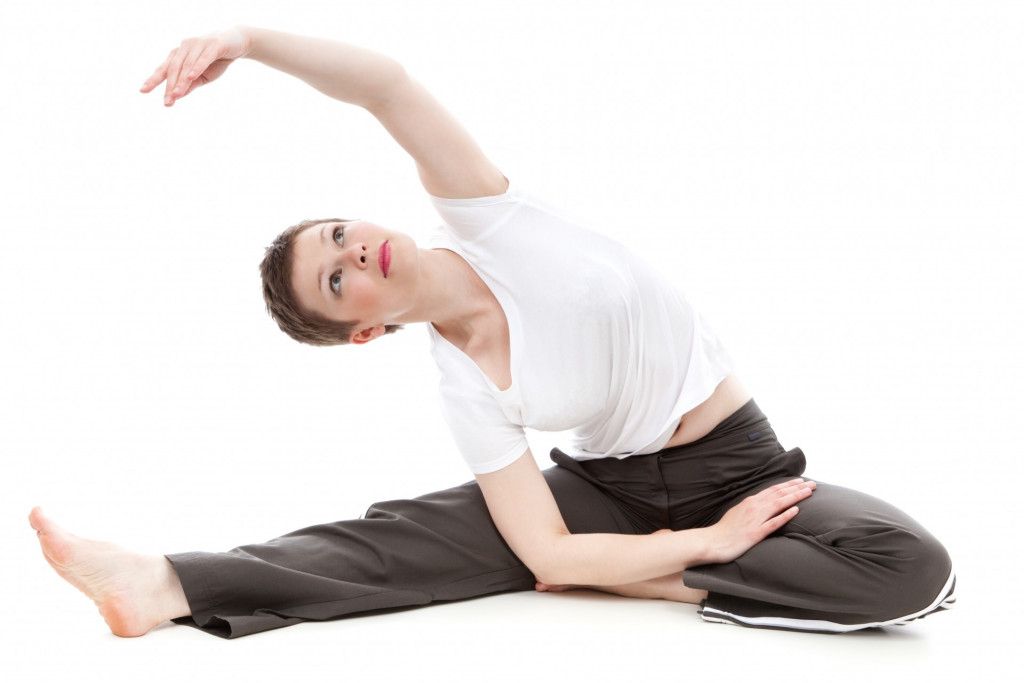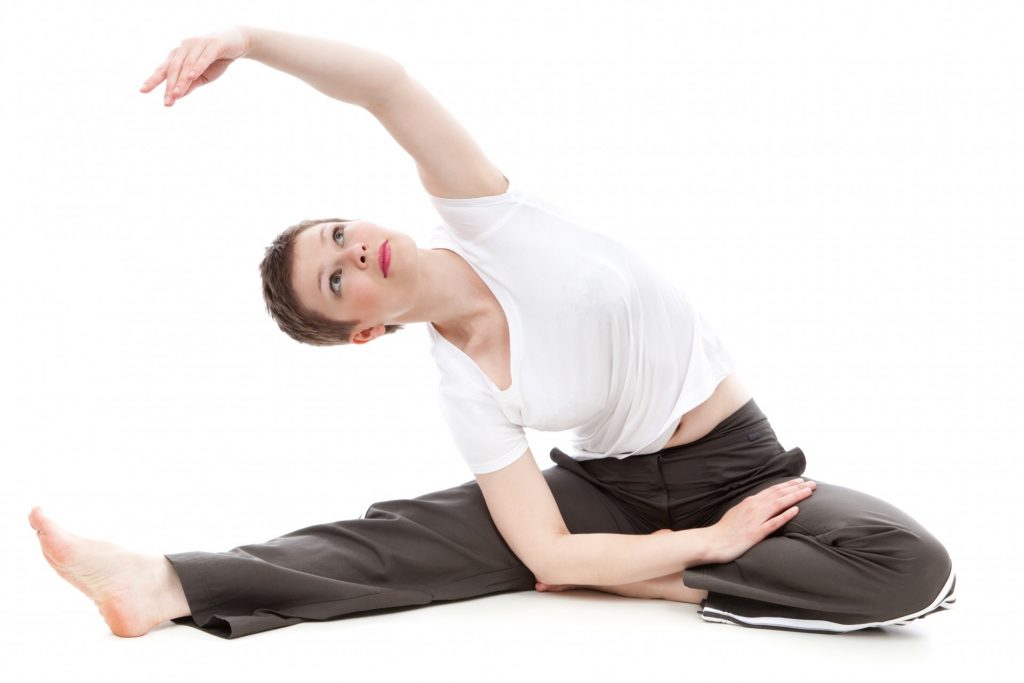

To some of us, yoga may seem like a trendy way to exercise that helps us stretch and relax, but it is so much more! Yoga is an ancient practice that originated in ancient India. It was originally associated with spiritual practices in Hinduism, Buddhism, and Jainism – but eventually dissociated from religion and became its own form of a spiritual practice. It is a scientific system of healing the body, mind, and spirit. There are even texts guiding this comprehensive practice! Patanjali, a great yoga guru, wrote the Yoga Sutras around the year 400 which provided a series of moral stories to strengthen a yogi’s spiritual practice. If you’re curious about the spiritual aspects of yoga, I would highly recommend reading this book! Yoga is spiritual, but it is not a religion! You can practice any (or no) religion, and yoga will simply complement your current spiritual practice.
The root of the word yoga, yuj, closely translates to the word “yoke” and means union or connection. Yoga is a way to connect the mind, body, and spirit. Often, especially in modern Western culture, we get consumed by our thoughts and get stuck in our heads. We lose connection with our bodies and therefore the world around us. This is most evident in the rising obesity epidemic (yes, it’s an epidemic). The general population eats to feed cravings in the mind, rather than cravings in the body. When practicing yoga, we try to reconnect with the body by listening deeply during our physical practice. To incorporate the mind, we practice meditation. Often, this is accomplished by focusing on the breath and allowing your thoughts to pass through your mind without becoming attached to any one thought. Finally, the spiritual practice is one that is most often practiced outside of yoga class, but the basics can be prepared during class. The spiritual practice is different for each person, but the easiest way to describe it is becoming in touch with your inner light and allowing that light to shine brightly! When practicing yoga, we are working to unite the physical, mental, and spiritual so that we can live a more conscious, and happier life!
Today, there are soooo many schools of yoga! This is wonderful because if you do not like one, you can try a different one. Or, if you like multiple schools, you can have a more robust practice! Here are a few of the more common schools:
- Hatha – Hatha yoga is the most common yoga school practiced in the west. When practicing hatha yoga, you will most likely practice a series of physical poses in combination with breathing exercises. The combination of poses with breathwork is designed to open up pathways in the body and mind to allow you to heal different physical and mental ailments.
- Ashtanga – Asthanga yoga is typically more intense than hatha yoga. The poses are linked in pre-defined series that are 1.5 – 2 hours long. If you’ve ever seen someone use their core to lift up into a handstand in the middle of the room, they were probably practicing ashtanga yoga! This yoga practice requires great core strength, which translates to great inner strength, or strong spiritual worth.
- Kundalini – Kundalini yoga is a powerful healing practice! It is highly scientific, and at the same time, highly spiritual. It is less popular in the west, and the poses vary greatly from hatha or ashtanga yoga. Each pose is designed for a certain physical and mental purpose. Often, teachers will incorporate meditation and chanting to help deepen the healing process. You are less likely to get a workout during this practice, but will most likely heal deeply.
- Restorative – Restorative yoga is a form of hatha yoga, but different enough to mention here! During restorative yoga, you are laying down in a pose for 5-10 minutes in order to gain a certain mental or spiritual response. This is a very interesting practice because you are using the physical practice in order to access the mental and spiritual aspects. You will not receive any of the physical benefits (stretching, strengthening, balancing), except possibly a release of tension. However, you will leave this class feeling relaxed and refreshed.
- Hot Yoga – This is not a school of yoga, but it is popular enough to list here. During the physical practice of yoga, we often spend the first part of the class building heat in the body so that we can safely move into the deeper poses. With hot yoga, the room provides that heat (often greater than 100 degrees of it!) So the students are able to move into the deeper poses more safely. Oftentimes in hot yoga, alignment is ignored because the student is dripping in sweat and so getting into the pose is a blessing itself. So if you’re a beginner to yoga, I would recommend you practice hot yoga after learning the basics in a room temperature class. My personal experience has been that hot yoga puts me in a deeply spiritual practice – I imagine the experience is similar to wandering the desert. Your physical world becomes less concrete and you become more in tune with what’s happening to your inner self.
So, there is a brief overview of this vast practice called “yoga”. Hopefully you can enter your next yoga class with a deeper understanding of the complexities of what is about to be taught! And with this awareness, you can strengthen your own practice by practicing yoga on and off of the mat.
Namaste!
References:
https://en.wikipedia.org/wiki/Yoga

